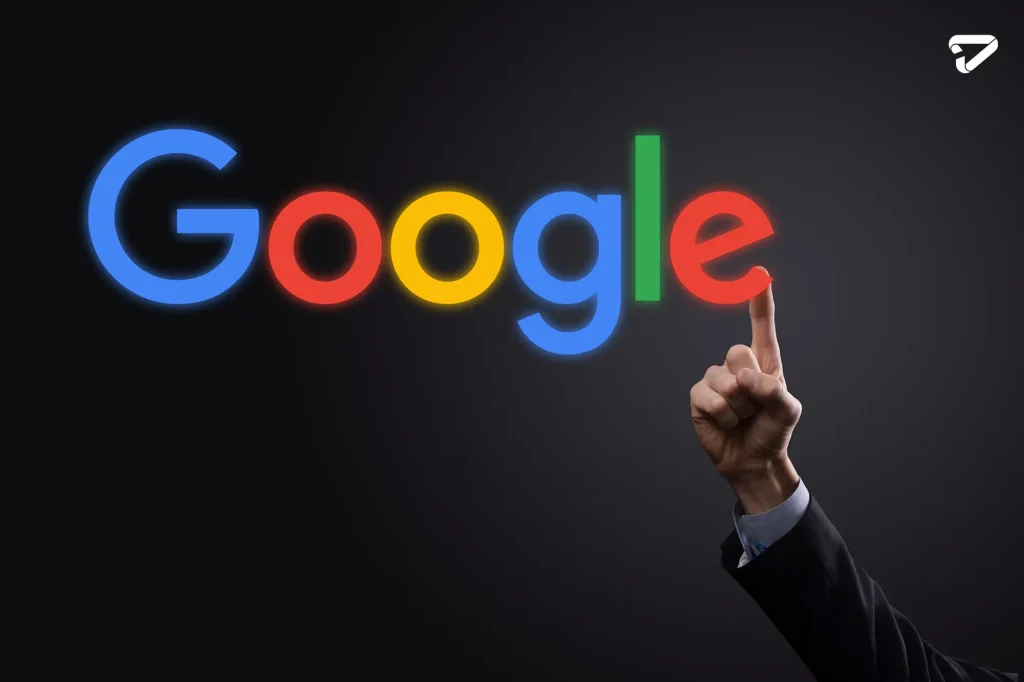
Is Google Ads Worth It for Small Businesses on a Budget?
“Is Google Ads worth it? Yes, for many businesses, Google Ads can be a crucial tool to drive targeted traffic, enhance online visibility, and increase sales efficiently. Google Ads (formerly known as Google AdWords) allows businesses to pay for text, image, and video ads on Google Search and other sites in the Google Display Network.
It’s a powerful platform, but also an investment – so is it worth it for small businesses on tight budgets?
As a digital marketing agency catering to SMBs, this is a question we get often. The short answer is – it depends.
Google Ads can drive new traffic and sales if managed strategically. But achieving ROI takes effort and realistic expectations.
Below we’ll share tactics to make Google Ads work within modest budgets, and signs it may not be the right fit (yet).
Learn about common Google Ads mistakes to avoid, such as poor keyword selection and inadequate budget management, to optimize your campaigns for better results.
for having better action in ads read the semrush atricle about mistakes in google ads.
Calibrating Your Google Ads Approach
Google Ads uses a pay-per-click (PPC) pricing model where advertisers pay only when someone clicks their ad.
You control your costs by setting daily budgets and max bid amounts per click.
This flexibility means Google Ads can work even for limited budgets if expectations align with spend.
The key is focusing your strategy, starting small, and monitoring performance closely.

Matching Budget to Business Stage
Google recommends a minimum budget of $1,000 per month to effectively test Google Ads.
However, we’ve had success starting around $500 for some niche local businesses.
For an unknown brand with limited data, expect a learning period of 3-6 months to find what resonates. Be patient, track results, and fine-tune targeting.
Once you have insights into converting keywords and campaigns, budgets as low as $750/mo can drive ROI.
For established businesses with existing traction, a starting budget around $1,000-$2,000/mo allows optimizing towards conversions faster.
The optimal budget depends on your industry, product/service, and business stage.
Set realistic goals, start small, and incrementally increase budget if you gain momentum.
Focusing Your Keywords
One advantage of Google Ads for SMBs is targeting precise keywords.
Matching ads to specific searches means reaching high-intent users when they’re actively looking for your offering.
Long-tail keywords with low search volume but highly relevant users can convert better for lower cost.
For example, a shoe store may target “handcrafted leather oxfords” rather than just “shoes”.
Do keyword research to identify your niche, geo-target locally if relevant, and only run tightly themed campaigns. This laser focus stretches small budgets further.
Optimizing Ad Copy
Compelling ad copy is crucial for engagement. Include clear callouts about why you’re the best fit for what they’re searching – e.g. “Handcrafted Italian Leather Oxfords – Family-Owned Business Since 1965”.
Test different headlines, descriptions, and landing pages. See what resonates based on performance data – then double down on what works.

Monitoring and Adjusting Bids
Actively monitor campaign metrics like click-through-rate (CTR), cost per conversion, etc.
If a keyword or campaign lags, pause it and reallocate budget to better performers.
Review search terms that triggered your ad – are they aligned with your goals? Add negative keywords to avoid irrelevant clicks.
Manual bidding allows granular control to maximize conversions within budget constraints.
Signs Google Ads May Not Be the Right Fit Yet
While Google Ads can work for modest budgets, it also has downsides. Be cautious if:
- You lack resources to actively monitor and optimize account
- Your product/service has limited search volume
- You don’t have conversion tracking setup
- Your average customer lifetime value (LTV) is lower than cost per conversion
Other limitations are lack of brand recognition, competitively bid keywords, or inability to create differentiated ad copy.
If these challenges apply, focus first on organic tactics like content, reviews, email marketing, and social media. Build an audience and brand credibility before investing in paid ads.
The Final Verdict on Google Ads for Small Business
Google Ads requires effort but can generate positive ROI if applied strategically. To make it work on a budget:
- Start with small, focused monthly budgets around $500-1000
- Target niche long-tail keywords aligned to your expertise
- Closely monitor performance and continuously optimize
- Don’t expect instant results – give campaigns time to find traction
Most importantly, blend Google Ads with organic channels like content and social media. A holistic approach makes the most of your limited marketing dollars.
Have you tried a Google Ads for agency your small business? What tips do you have? Share your thoughts in the comments below!
Explore the impact of Google Ads in Charlotte with DanaBak Agency, your go-to expert for maximizing local digital marketing and driving business growth.

FAQs
What is a reasonable starting budget for Google Ads as a small business?
For brand new businesses, start with $500-1,000 per month. For established businesses with some existing traction, $1,000-2,000 per month allows optimizing towards conversions faster.
The ideal budget depends on your niche, product/service, and business stage.
How can I make Google Ads affordable on a tight budget?
Focus on long-tail, low competition keywords tightly related to your offerings. Closely monitor performance to pause underperforming ads and build on what works.
Use geo-targeting and schedule ads during high-traffic periods. Start with manual bidding to control costs.
What are signs Google Ads may not be suitable for my business yet?
Limitations include low search volume for your offerings, inability to actively manage the account, lack of conversion tracking, low customer lifetime value compared to cost per click, and lack of brand awareness or competitive ad copy.
How do I know if my Google Ads campaigns are effective on a small budget?
Track metrics like click-through-rate (CTR), bounce rate, cost per conversion, return on ad spend (ROAS) and conversion rate closely.
If you see CTR and conversions increasing over the first few months, it indicates your campaigns are optimizing well.
Should I rely solely on Google Ads for marketing as a small business?
No, Google Ads works best blended with organic strategies like search engine optimization (SEO), social media marketing, email marketing, building reviews and brand content/visual assets.
A diversified approach maximizes impact for limited marketing budgets.








